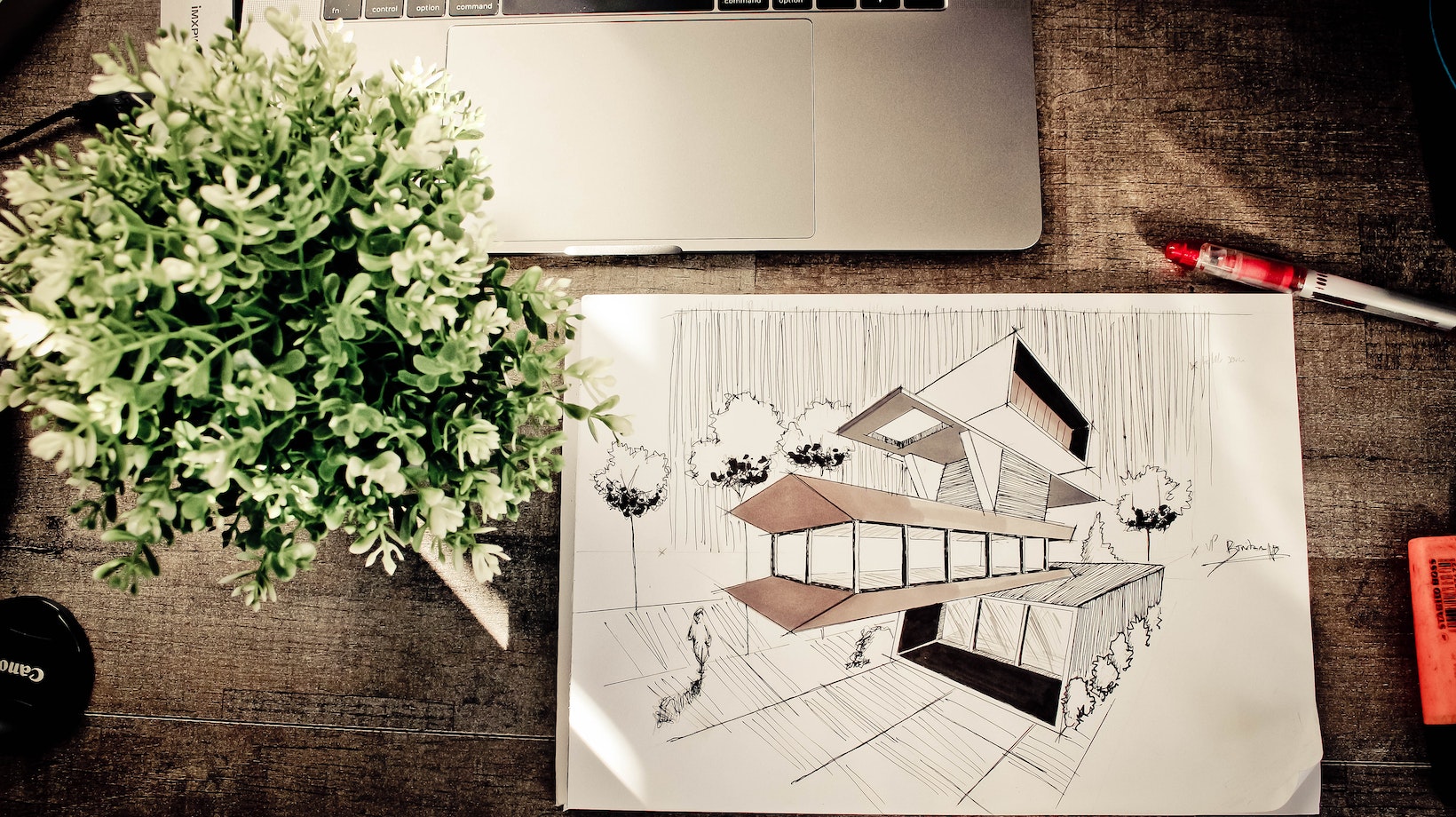Unity, in the world of design, is often regarded as the most important principle. It refers to the concept of creating a sense of harmony and coherence within a design composition. When all elements work together seamlessly, they create a visual whole that is pleasing to the eye and effectively communicates the intended message.
One reason why unity is highly valued in design is its ability to create a strong visual impact. By ensuring that all elements complement each other and contribute to the overall composition, designers can captivate their audience and convey their message more effectively. When viewers see a cohesive design, it evokes a sense of professionalism and attention to detail.
Moreover, unity helps guide viewers’ focus by creating clear visual pathways. Through consistent use of color schemes, typography styles, and layout techniques, designers can direct the viewer’s gaze towards key elements or messages they want to emphasize. This not only enhances readability but also reinforces the intended hierarchy within the design.
Why Is Unity Sometimes Regarded as the Most Important of All Design Principles?
When it comes to design, unity is often regarded as one of the most important principles. But what exactly does unity mean in this context? In simple terms, unity refers to the visual harmony and coherence achieved through the consistent use of elements and principles within a design.
Unity can be thought of as the glue that holds a design together. It creates a sense of wholeness and ensures that all the different components work together seamlessly. When unity is successfully executed, viewers are more likely to perceive a design as aesthetically pleasing and well-balanced.
There are various ways to achieve unity in design. One common approach is through repetition, where elements such as shapes, colors, or patterns are repeated throughout the composition. This repetition helps establish a visual rhythm and reinforces the overall theme or concept.
Another method is through proximity, which involves placing related elements close to each other. By grouping similar objects or text together, designers can create a stronger connection between them and enhance the overall cohesiveness of the design.

The Role of Unity in Enhancing User Experience
When it comes to design principles, unity stands out as one of the most important factors in creating a seamless and enjoyable user experience. Unity refers to the cohesive relationship between different elements within a design, where everything works together harmoniously to convey a clear and consistent message. But why is unity so crucial in enhancing user experience? Let’s explore a few reasons:
- Visual Flow: Unity plays a significant role in guiding users’ visual flow through a design. When elements are united, they create an effortless and intuitive path for the eye to follow. This helps users navigate smoothly through the interface, absorb information more easily, and understand the hierarchy of content.
- Consistency: By maintaining consistency throughout a design, unity establishes familiarity and builds trust with users. Consistent use of colors, typography, icons, and other visual elements not only adds aesthetic appeal but also ensures that users can anticipate what to expect from different parts of an application or website.
- Clarity: Unity eliminates confusion by presenting information in a clear and organized manner. When all elements work together cohesively, there is less cognitive load on users as they don’t have to decipher multiple visual languages or search for relevant information across disjointed sections.
- Brand Identity: Unity is instrumental in conveying brand identity effectively. A unified design language that aligns with the brand’s values and personality helps establish recognition and fosters emotional connections with users.
Creating a Consistent Visual Language
One of the primary ways that unity helps establish a strong brand identity is by creating a consistent visual language. When all design elements, such as colors, typography, and imagery, work together harmoniously, it creates a cohesive and recognizable look for the brand. This consistency allows customers to easily identify and associate these visual cues with the brand, even in crowded marketplaces.
A great example of this is Coca-Cola’s branding. The company consistently uses its signature red color across all its packaging, advertisements, and marketing materials. Additionally, their distinctive logo and typography further reinforce their brand identity. By maintaining this visual unity over time, Coca-Cola has successfully established itself as an iconic and instantly recognizable brand.
In conclusion, unity plays a pivotal role in establishing an emotional connection between designs and their audiences. By creating cohesive experiences, instilling trust and familiarity, enhancing visual hierarchy, and creating memorable moments, unity helps to evoke the desired emotional response from viewers.

